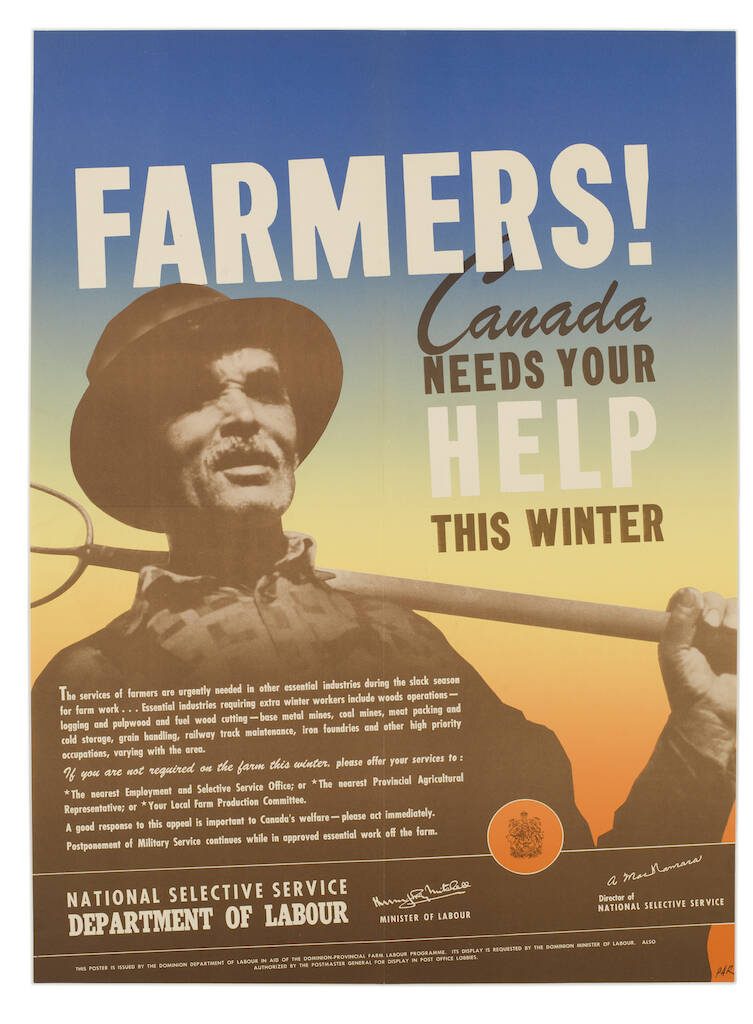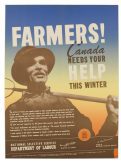Growers need to take out their saltshakers when the U.S. Department of Agriculture releases its first supply and demand estimates for 2015-16 on May 12, says an analyst.
The USDA has a tendency to be overly bearish in that report, especially when it comes to soybeans, said Arlan Suderman, senior market analyst with Water Street Advisory.
The May soybean production estimate has been too high in 13 of the last 20 years and there is also a “huge tendency” to underestimate demand.
“The bottom line is their soybean balance sheet is almost always bearish in the May report, and it proves out to be not as bad as what they predicted,” he said.
Read Also

Canada’s ‘Harvest for Victory’ in the Second World War
Propaganda posters celebrating farming show the legacy of Canadian agriculture during the Second World War.
In fact, new crop soybean ending stocks have been overestimated in the May report in 16 out of the last 19 years.
“That’s a strong bias,” said Suderman.
He believes the biggest problem is that the USDA repeatedly underestimates Chinese demand for the oilseed.
Corn production has been overestimated in 13 of the last 22 years, but there is no statistically significant trend in underestimating corn demand, so the bearish bias isn’t as pronounced for that crop.
The May World Agricultural Supply and Demand Estimates report will be released at 12 p.m. eastern time on May 12.
Contact sean.pratt@producer.com















